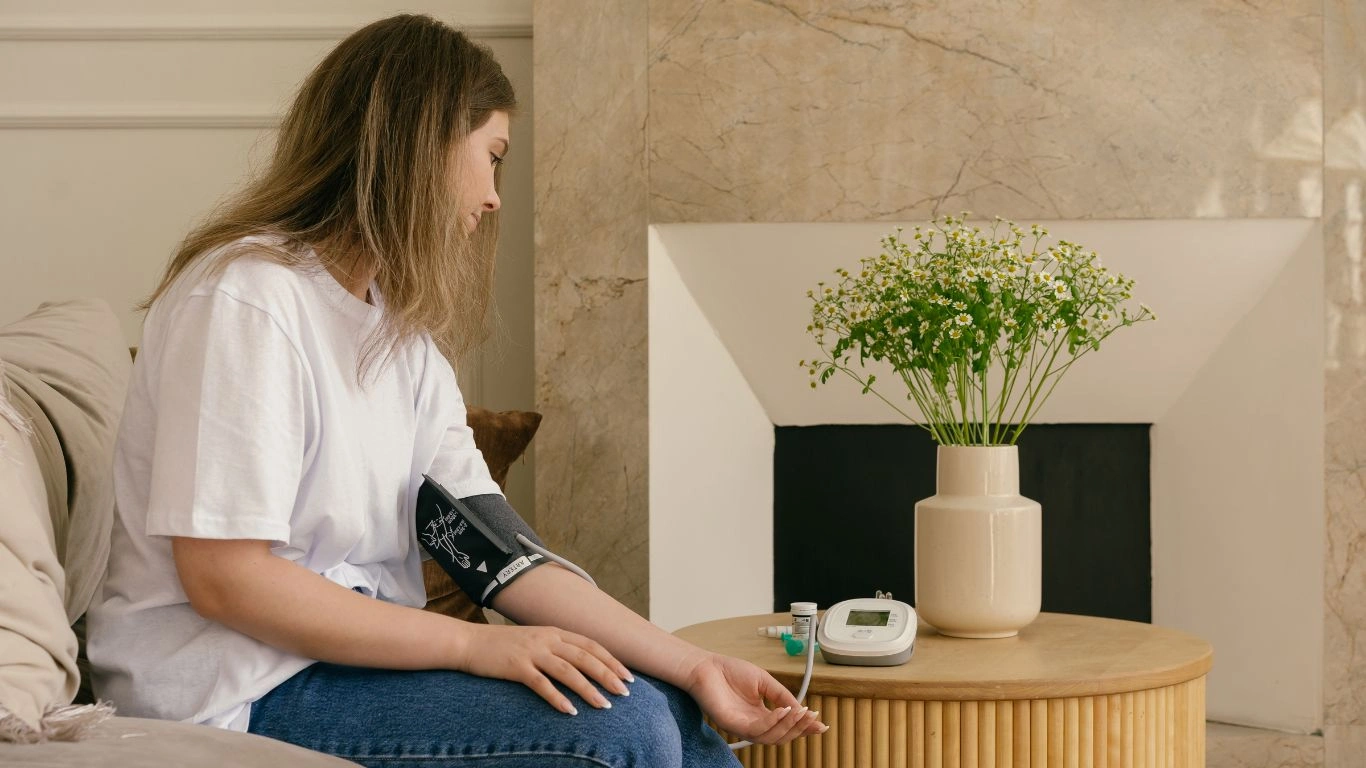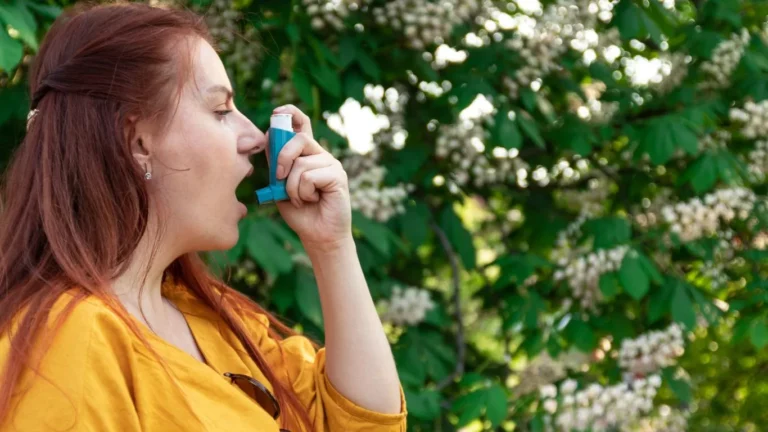Indoor Exercises for Hypertension Management – Simple and Effective Options
Struggling with high blood pressure? Managing hypertension doesn’t have to be hard—especially when you can do some simple exercises indoors. Let’s take a look at easy and effective ways to manage your blood pressure right from the comfort of your home!
High blood pressure (also known as hypertension) affects millions of people worldwide. It’s a condition that often goes unnoticed because it doesn’t show any obvious symptoms. But the long-term effects can be serious, including an increased risk of heart disease, stroke, and kidney damage.
Luckily, managing hypertension is possible, and one of the best ways to do so is through exercise. You don’t even need a gym membership or fancy equipment to get started. In fact, indoor exercises are an excellent way to stay active and improve your blood pressure levels. So, if you’re looking to make a difference for your health—without stepping outside—this guide is for you.

Why Exercise Helps Manage Hypertension
Exercise has a direct impact on your heart health. When you engage in regular physical activity, your heart becomes more efficient at pumping blood. This means your heart doesn’t have to work as hard, which can help reduce blood pressure. Not only that, but exercise also helps improve circulation, regulate your blood sugar levels, and maintain a healthy weight—all important factors in controlling hypertension.
The Best Indoor Exercises for Hypertension Management
You don’t need to break a sweat with intense workouts to benefit from exercise. Low- to moderate-intensity exercises can be just as effective—without putting too much strain on your body. Here are some top indoor exercises that can help manage your hypertension:
1. Walking or Marching in Place
If you can walk around your home, you can lower your blood pressure. Walking is one of the most accessible and effective exercises to manage hypertension. If space is limited, you can march in place or walk around your living room. Aim for at least 30 minutes a day, broken into shorter sessions if needed. You can even try walking while watching your favorite TV show to make it more enjoyable!
2. Yoga
Yoga is amazing for both the body and the mind. It combines physical movement with deep breathing, which is known to reduce stress—one of the contributing factors to high blood pressure. Poses like the downward dog, child’s pose, and cat-cow are great for promoting relaxation and improving flexibility. Plus, yoga can lower heart rate and reduce anxiety, two important aspects of managing hypertension.
3. Pilates
Pilates focuses on core strength, flexibility, and control. While it’s a bit more intense than yoga, Pilates offers low-impact exercises that can help lower blood pressure over time. Gentle exercises like leg lifts, the Pilates roll-up, and bridge exercises can engage your muscles and promote blood flow without putting excessive strain on your cardiovascular system.
4. Bodyweight Exercises
Strength training doesn’t require dumbbells or barbells. You can use your own body weight for resistance, and the exercises are perfect for managing hypertension. Try squats, lunges, push-ups, or wall sits to get your muscles working. Strength training improves circulation, builds muscle, and can even help lower your overall resting blood pressure. It’s a win-win!
5. Stretching
Sometimes, all you need is a good stretch to help lower your blood pressure. Stretching helps improve blood circulation, reduce tension in your muscles, and can even calm your nervous system. Focus on areas like your shoulders, back, and legs—where we often carry stress. Hold each stretch for 15-30 seconds to help release that built-up tension.
6. Tai Chi or Qigong
These gentle martial arts practices are known for their ability to promote relaxation and stress relief. Tai Chi and Qigong involve slow, deliberate movements and deep breathing that have been shown to lower blood pressure. While it’s a bit of a learning curve, you can easily follow along with online tutorials or apps designed to teach you these techniques at home.

Tips for Staying Consistent with Your Indoor Workouts
Now that you know which exercises to try, here are some tips to help you stay on track with your blood pressure management:
1. Start Slow and Gradually Increase Intensity
If you’re just starting out, don’t feel like you need to do everything at once. Begin with shorter sessions (like 10–15 minutes) and work your way up. Your body will get stronger over time, and you’ll be able to handle longer and more intense workouts.
2. Set a Regular Schedule
Try to make your workouts a regular part of your day. Pick a time that works for you—whether it’s in the morning, during lunch, or in the evening. Setting a routine can help you stay motivated and consistent.
3. Focus on Deep Breathing
Breathing exercises are crucial when it comes to managing hypertension. Practicing deep breathing during your workouts (especially yoga and Tai Chi) can help lower your stress levels and improve circulation. Try to inhale deeply through your nose and exhale slowly through your mouth.
4. Combine Different Exercises
Mixing up your routine keeps things fresh and fun! Combine a little bit of everything—yoga, Pilates, walking, and strength exercises—to target different muscle groups and keep your blood pressure in check.
5. Listen to Your Body
If you start to feel dizzy, lightheaded, or too tired, stop and rest. Everyone’s body reacts differently to exercise, and it’s important to listen to those signals. Make sure you’re staying hydrated, and if you ever feel concerned about your blood pressure during exercise, consult your healthcare provider.

Conclusion
Managing hypertension doesn’t require a major overhaul of your lifestyle. Simple indoor exercises, along with a few healthy lifestyle changes, can make a big difference in controlling your blood pressure. Whether it’s walking, yoga, or Pilates, the key is consistency and finding activities that you enjoy. Your heart will thank you for it!
Appendices
FAQs
- How much exercise do I need to manage hypertension?
Aim for at least 150 minutes of moderate exercise per week, or 30 minutes a day, five times a week. If that’s too much at once, break it down into shorter sessions. - Can indoor exercises be as effective as outdoor ones for managing hypertension?
Absolutely! Indoor exercises can be just as effective as outdoor ones. The key is to stay consistent and choose exercises that get your heart rate up without overexerting yourself. - Is yoga really helpful for lowering blood pressure?
Yes! Yoga is great for lowering stress levels and promoting relaxation, which helps lower blood pressure. Poses like the child’s pose and legs-up-the-wall are especially effective. - Can I do these exercises if I’m new to fitness?
Definitely! Start slow, and choose low-impact exercises. Gradually increase the intensity as your body gets used to the movements. - What if I don’t have space to exercise indoors?
No worries! You can still march in place or do seated exercises, like chair yoga or resistance band work, even in small spaces.
References
- American Heart Association (AHA). (2023). “Physical Activity and Blood Pressure.” Read Article
- Mayo Clinic. (2022). “Hypertension: Exercise Tips for Better Blood Pressure Control.” Read Article
- National Institutes of Health (NIH). (2024). “Exercise and Hypertension: How Movement Helps Control Blood Pressure.” Read Article
Disclaimer:
The information provided in this article is for educational purposes only and should not be considered medical advice. Always consult with your healthcare provider before starting any new exercise routine, especially if you have high blood pressure or other health conditions.

Dr. Gwenna Aazee is a board-certified Internal Medicine Physician with a special focus on hypertension management, chronic disease prevention, and patient education. With years of experience in both clinical practice and medical writing, she’s passionate about turning evidence-based medicine into accessible, actionable advice. Through her work at Healthusias.com, Dr. Aazee empowers readers to take charge of their health with confidence and clarity. Off the clock, she enjoys deep dives into nutrition research, long walks with her rescue pup, and simplifying medical jargon one article at a time.






